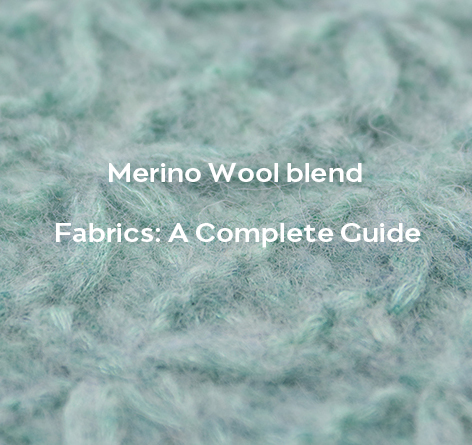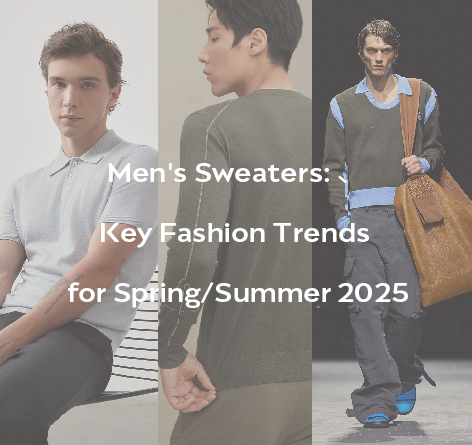The fashion industry has always been a focus of innovation and competition, with every brand striving to remain competitive in the fierce market competition. The influence of globalization makes the market bigger and bigger, but also makes the brand face more challenges. Consumers are becoming more aware of the values and stories behind a brand, which means brands need to not only deliver a product, but also convey a unique emotional connection.
In this vast selection, unique design becomes the key element that distinguishes the brand from its competitors. Consumers are looking for more personalized and different experiences. A uniquely designed fashion item is not only a kind of clothing, but also a symbol of identity and attitude. Customers are no longer just buying products, but seeking a sense of uniqueness and belonging, which unique design can provide.
Unique design by breaking through the traditional aesthetic boundaries, breaking the conventional design pattern, for consumers to present a fresh and refreshing feeling. Integrating unique elements into the design not only satisfies consumers’ pursuit of a unique sense of uniqueness, but also gives the brand a unique brand identity and brand story. This distinctive design language is not only a symbol of fashion brands, but also a bridge to establish a deep connection between brands and consumers.
Understand the target market
In the design process, the detailed taste and preference analysis of the target customer is the basis to ensure that the product fits the market demand. First of all, through market research and data analysis, we can understand the influence of different age, region, cultural background and other factors on customer taste. For example, the younger generation may be more fashion-forward and individual, while the middle-aged crowd may value comfort and practicality more.
When considering customer preferences, it’s not just about color, pattern, and cut, but also about underlying cultural sensitivities. A blend of cultural elements can make a product more appealing while ensuring that it does not offend or offend any particular group.
Analysis of tastes and preferences can also be done through social media platforms, online questionnaires, and in-depth communication with potential customers. This direct communication can provide more intuitive, real-time feedback to the design team, helping to hone the product to meet the expectations of the target customer.
Research competitors
In a highly competitive fashion market, an in-depth understanding of competitors’ design styles and success stories is crucial to developing a differentiation strategy. Through in-depth research, we are able to identify market trends, gain insight into customer preferences, and gain inspiration for innovation.
First, we need to analyze the design style of competing brands. This includes reviewing its latest product lines, highlights from the fashion shows, and fashion trends that are highly visible on social media. With a thorough understanding of the design elements of competing brands, we can find common ground and differences in the market to provide inspiration for our own designs.
Second, to delve into your competitors’ success stories is to learn how they operate and the key factors that make them successful. This may include their marketing strategy, product positioning, and breakthroughs in specific market segments. By analyzing successful cases, we can better understand the needs of the market, discover the gaps that our design can fill, and develop a more accurate market positioning.
Highlights brand uniqueness
Developing a core value proposition for a brand’s uniqueness is a key step in ensuring that the brand is uniquely positioned and valued in the marketplace. First, brands need to have a deep understanding of their core values, which may include the brand’s history, cultural heritage, and the brand’s commitment to society. By combing through these elements, brands can identify their unique position in the market and build a deep emotional connection with customers.
The core value proposition also needs to be aligned with the values and needs of the target market. By understanding the preferences, lifestyles and values of the target customer group, brands can ensure that their core value proposition is attractive and persuasive. This kind of positioning is not only a marketing strategy, but also a process of establishing brand identity, so that customers can feel a unique brand experience when buying products.
The core value proposition of the brand also needs to be fully reflected in the communication. Through smart brand stories, advertising campaigns and social media interactions, brands can communicate their unique ideas and values to customers, thereby inspiring customer interest and loyalty.
The brand identity is the physical embodiment of the brand’s uniqueness, and the design of unique styles that conform to the brand identity is to ensure that the brand image is reflected at the product level. When designing unique styles, brands need to focus on the following aspects:
First, product design should align with the brand’s core value proposition. The product is not only a material form, but also the concrete expression of the brand concept. By designing unique styles that align with the brand’s core philosophy, brands can convey a deeper story and emotion in their products.
Second, brands need to be consistent in their design. Whether it is color, pattern or overall style, the design of the product should be coordinated with the brand identity to form a unified image of the brand in the minds of customers. This consistency helps to enhance brand recognition, making it easier for customers to recognize and remember the brand.
Finally, when designing unique styles, it is also important to consider the aesthetic and fashion trends of the target market. Integrating the brand identity into the design in line with the fashion trend can make the product more attractive to the market and comply with the pursuit of fashion and personality of customers.
Focus on sustainability and environmental protection
In the fashion industry, more and more brands are focusing on sustainability and using sustainable materials in their product designs. First, choosing renewable, degradable fibers, such as organic cotton, hemp, and bamboo fibers, can help reduce adverse environmental impacts. The production of these natural fibers generally requires less chemical treatment and water resources, helping to reduce environmental stress.
In addition, the use of recycled materials is also part of sustainable design. Using resources such as waste textiles or plastic bottles not only reduces the amount of waste, but also reduces the need for new raw materials. This design reflects the brand’s responsible attitude towards resources, while meeting the growing market demand for sustainability.
In the production process, the use of environmentally friendly technologies and processes is also crucial. Measures such as reducing water consumption, efficient use of energy, and reducing wastewater and exhaust emissions can reduce the environmental impact at the production stage. Such sustainable production processes not only reduce the company’s environmental footprint, but also convey to consumers the brand’s commitment to ecological balance.
An emphasis on the environmentally friendly design of products can be a unique selling point for brands, appealing to consumers who are increasingly concerned about sustainability. Modern consumers are more conscious of corporate social responsibility, and they tend to choose brands that demonstrate environmental friendliness in their product design and manufacturing. Therefore, highlighting environmental elements in product labels, advertising and branding helps to improve brand image and market awareness.
At the same time, brands can communicate the importance of environmentally friendly design to consumers through educational marketing campaigns. This kind of educational publicity not only enhances the environmental awareness of consumers, but also enables the brand to establish a good image of sustainability and environmental protection in the minds of consumers.




